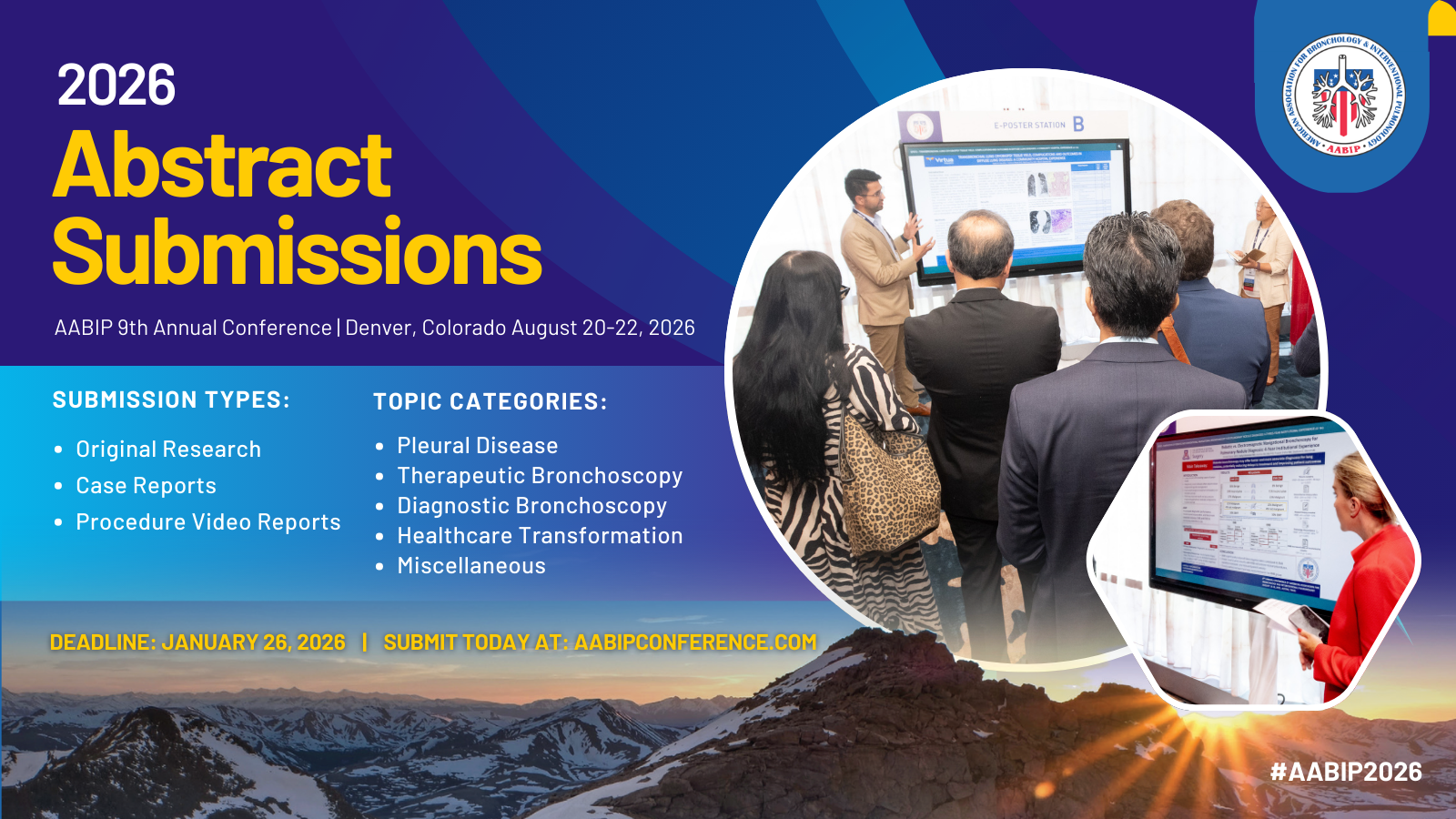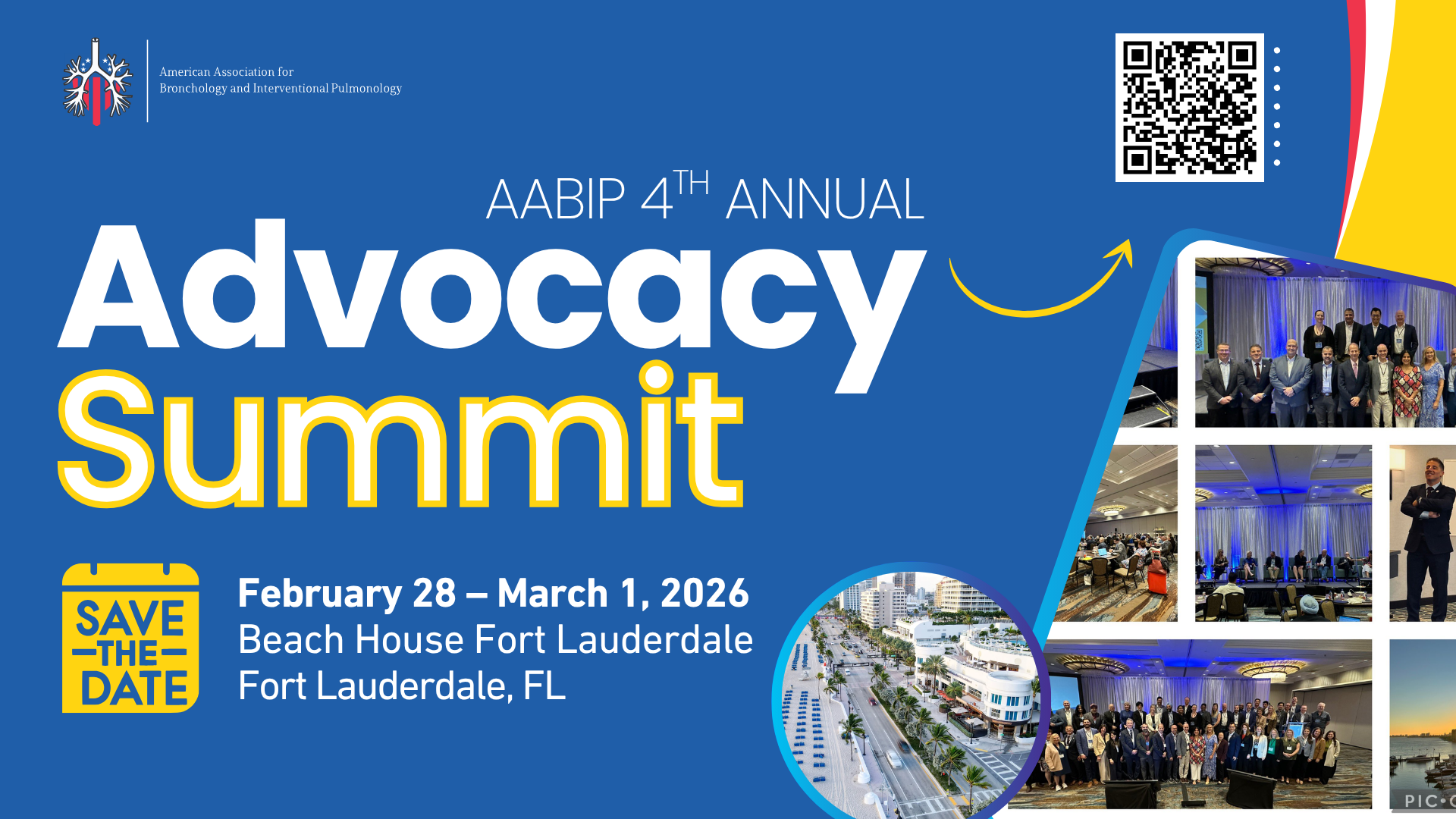IP Fellows Reading ListPulmonary Alveolar ProteinosisWhole lung lavage-technical details, challenges and management of complications https://pubmed.ncbi.nlm.nih.gov/28740686/ Review Reference: Awab A, Khan MS, Youness HA. Whole lung lavage-technical details, challenges and management of complications. J Thorac Dis. 2017;9(6):1697-1706. Summary: Whole lung lavage (WLL) is the first-line therapy for moderate-to-severe pulmonary alveolar proteinosis. This article reviews WLL and its indications, timing, technical aspects, and complications. Authors include their protocol, images and diagrams of their equipment set-up, and a sample worksheet used during their procedures. Efficacy of whole-lung lavage in pulmonary alveolar proteinosis: a multicenter international study of gelf https://pubmed.ncbi.nlm.nih.gov/28118623/ Clinical Trial Reference: Gay P, Wallaert B, Nowak S, et al. Efficacy of whole-lung lavage in pulmonary alveolar proteinosis: a multicenter international study of gelf. Respiration. 2017;93(3):198-206. Background: This study assesses the efficacy of whole lung lavage (WLL) in pulmonary alveolar proteinosis (PAP). PICO: Population –
Intervention –
Comparison –
Outcome –
Take home: WLL is the primary treatment for PAP, although its effects were often modest and/or transient in this study population. Approximately half of patients who underwent WLL were noted to have a positive clinical response to WLL but over half relapsed. There were significant variations in procedural techniques between sites which may have affected outcomes. Whole lung lavage treatment of Chinese patients with autoimmune pulmonary alveolar proteinosis: a retrospective long-term follow-up study https://pubmed.ncbi.nlm.nih.gov/26481735/ Clinical Trial Reference: Zhao YY, Huang H, Liu YZ, Song XY, Li S, Xu ZJ. Whole lung lavage treatment of Chinese patients with autoimmune pulmonary alveolar proteinosis: a retrospective long-term follow-up study. Chin Med J (Engl). 2015;128(20):2714-2719. Background: This is a relatively larger retrospective analysis following longer-term outcomes in patients with autoimmune pulmonary alveolar proteinosis (PAP). PICO: Population –
Intervention –
Comparison –
Outcome –
Take home: WLL was relatively safe and effective in most patients in this single-institution study. Most patients (60%) were in remission at the end of the follow-up period. Only 5 (4.2%) had progressive disease despite multiple WLLs. Authors suggest using a low baseline DLCO (<42.1% predicted) for prognostication and to identify patients who are at high risk for needing a second WLL. Inhaled gm-csf for pulmonary alveolar proteinosis https://pubmed.ncbi.nlm.nih.gov/31483963/ Clinical Trial Reference: Tazawa R, Ueda T, Abe M, et al. Inhaled gm-csf for pulmonary alveolar proteinosis. N Engl J Med. 2019;381(10):923-932. Background: A frequent cause of pulmonary alveolar proteinosis (PAP) is due to neutralization or dysfunction of GM-CSF. A prior study by this group evaluated use of inhaled GM-CSF in unremitting or progressive autoimmune PAP and demonstrated improvement in dyspnea, oxygen requirements, and distance walked in 6 minutes (Tazawa et al. Am J Respir Crit Care Med. 2010 Jun 15;181(12):1345-1354). Authors sought to evaluate GM-CSF use in mild-to-moderate autoimmune PAP in this double-blinded, placebo-controlled trial. PICO: Population –
Intervention –
Comparison –
Outcome –
Take home: In mild-to-moderate PAP, there are modest objective improvements with use of inhaled GM-CSF (i.e., A-a gradient, lung field density on CT, and DLCO) but no meaningful clinical improvement (i.e., mMRC dyspnea score and distance walked in 6 minutes). While prior studies on GM-CSF use in severe PAP have demonstrated some benefits, there does not appear to be significant clinical benefit in mild-to-moderate disease. |







